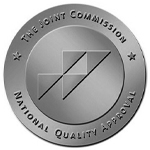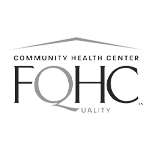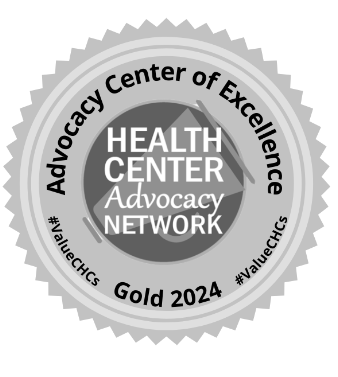
(ADHD Signs and Symptoms by Dr. Sandra Gascon-Garcia, board certified child/adolescent psychiatrist at Keystone Behavioral Health, first appeared in the Public Opinion Newspaper in 2013. To read it at The Public Opinion website, click here.)
More than 5 million children in the United States have been diagnosed with Attention Deficit Hyperactivity Disorder, or ADHD, and it’s on the rise. This disorder is characterized by a short attention span, hyperactivity, and impulsiveness. If diagnosed early, parents and educators can prevent a number of physical and emotional problems for children as they grow. What do parents need to know about this disorder and where should they look for help?
What is ADHD?
ADHD is a medical condition that affects people’s ability to control attention, motor activity, and impulsiveness. ADHD may impair academic activities, peer relationships, and home life. There are three types of ADHD – hyperactive / impulsive, inattentive or a combination of both. For children in the hyperactive / impulsive group, symptoms include the child being full of energy, restless, inability to stay seated, and the tendency of acting or speaking before considering consequences. The child can be very talkative and disruptive in class. For children with inattentive ADHD, symptoms include forgetfulness, boredom, problems organizing tasks, and short attention span. This type of ADHD is more common in girls and is usually detected later or is never identified. Children with inattentive symptoms may be described as “daydreamers.” A child showing symptoms of both types has the most common form of ADHD—combined.
Where to look for help
If you suspect your child may have ADHD, talk to your child’s teacher for feedback. If the teacher confirms your concerns based on your child’s classroom behavior, it’s important to talk to your doctor. For children, early intervention is key. Pediatricians and family physicians are equipped to handle mild and moderate cases of ADHD, but those children with more advanced cases should be referred on to a specialist such as a child and adolescent psychiatrist or pediatric neurologist.
Treatment options
Children who have mild or moderate cases of ADHD can benefit from simple behavioral interventions. For these children, having a very organized home environment can make a big difference. Having regular meals, schedules, and bedtimes is important as these children need consistent rules and consequences for their behaviors. Talking to a counselor or behavioral specialist can help with creating a structured environment.
For severe cases, medication can be helpful. When children begin these medications, their behavior, relationship with peers, and self esteem improve because they are able to sit still, think before acting, improve attention span, and engage in activities. Children with ADHD can receive a lot of punishment and negative feed-back due to their impulsive behavior and may end up believing they are a “bad kid” and develop depressive symptoms over time. Don’t wait to address concerns you may have about your child and ADHD. The sooner you seek help, the better off your child will be.
Dr. Sandra Gascon-Garcia is a board-certified child and adolescent psychiatrist at Keystone Behavioral Health in Chambersburg.




